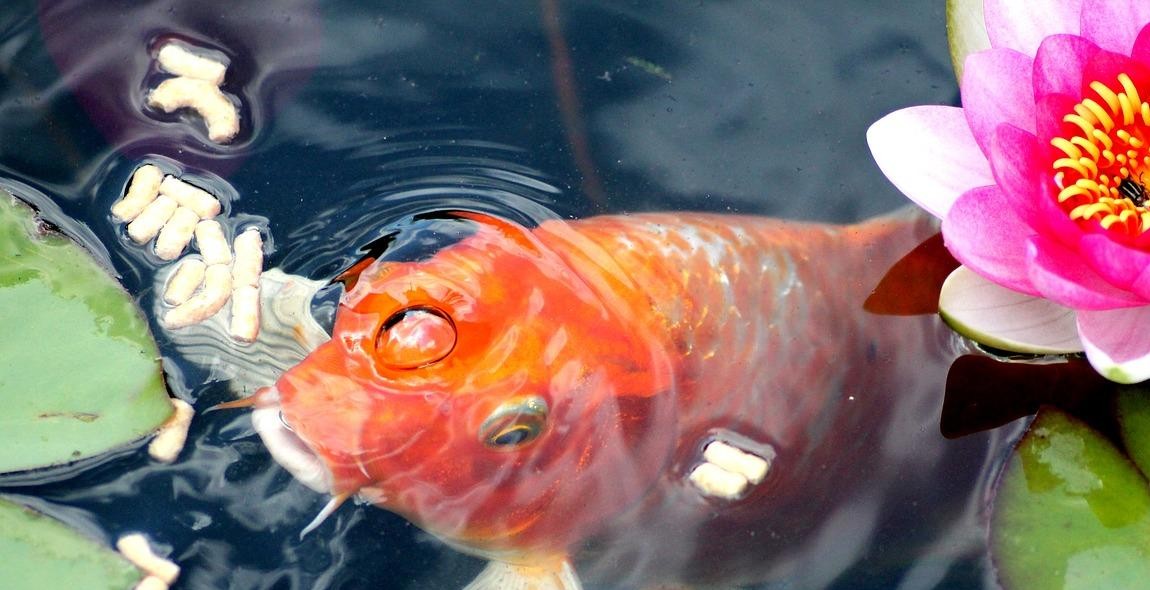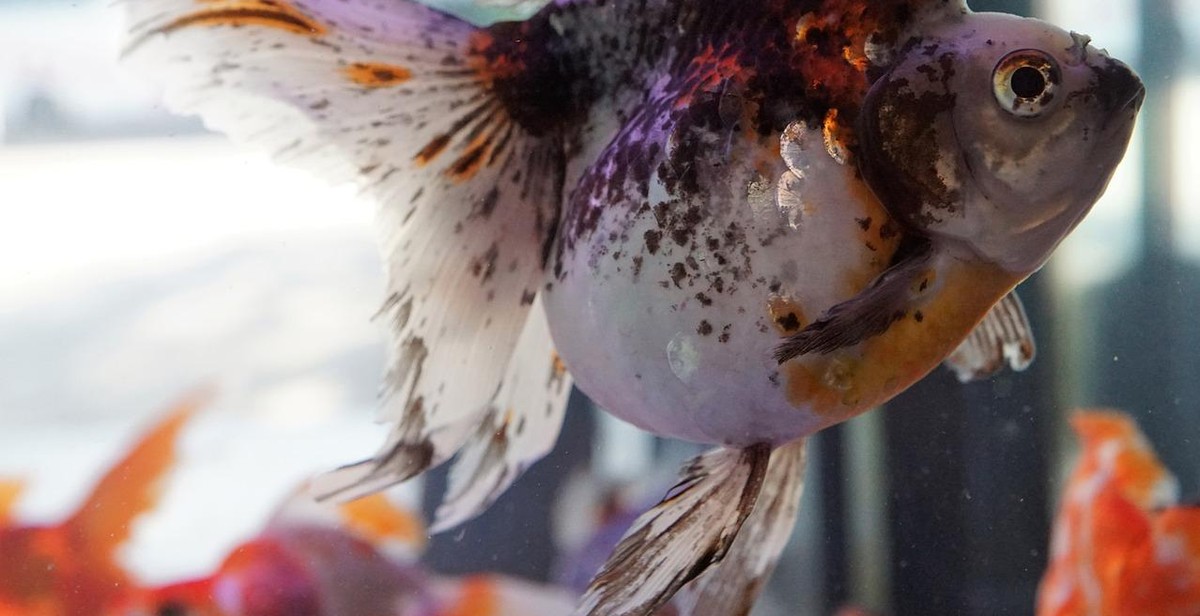How to Care for Goldfish: Proper Tank Setup, Feeding, and Water Maintenance
Goldfish are one of the most popular and beloved pets around the world. They are easy to care for and can live for many years with the right care. However, many new pet owners may not know how to properly care for their goldfish. This article will provide you with a comprehensive guide on how to care for your goldfish, including proper tank setup, feeding, and water maintenance.
Proper Tank Setup
One of the most important aspects of caring for goldfish is providing them with a suitable living environment. Goldfish require a tank that is large enough for them to swim around in and has proper filtration to keep the water clean. The general rule of thumb is to provide at least 20 gallons of water for the first goldfish and an additional 10 gallons for each additional fish.
- Choose a tank that is made of glass or acrylic and is sturdy enough to hold water.
- Place the tank in a location that is away from direct sunlight and temperature extremes.
- Add a filter that is designed for the size of your tank and follow the manufacturer’s instructions for installation and maintenance.
Feeding Your Goldfish
Goldfish are omnivores and require a balanced diet of both protein and vegetables. Overfeeding can lead to health problems, so it is important to feed your goldfish the right amount of food.
- Feed your goldfish small amounts of food 2-3 times a day.
- Choose a high-quality goldfish food that contains a balance of protein and vegetables.
- Avoid overfeeding by only giving your goldfish as much food as they can eat in a few minutes.
Water Maintenance
Keeping the water in your goldfish tank clean is essential for their health and well-being. Goldfish produce waste that can quickly build up in the water, leading to poor water quality and health problems.
- Perform regular water changes to remove waste and maintain good water quality.
- Test the water regularly to ensure that the levels of ammonia, nitrite, and nitrate are within safe levels.
- Use a water conditioner to remove chlorine and other harmful chemicals from tap water.
By following these tips on proper tank setup, feeding, and water maintenance, you can ensure that your goldfish live a happy and healthy life.
Proper Tank Setup for Goldfish Care
Goldfish are one of the most popular aquarium fish, but they require a proper tank setup to thrive. Here are the three main factors to consider when setting up a tank for your goldfish:
Tank Size and Shape
The size and shape of the tank are crucial for the health and happiness of your goldfish. A good rule of thumb is to provide a minimum of 20 gallons of water per goldfish. This ensures that the fish have enough space to swim and enough oxygen to breathe. Avoid tall tanks, as goldfish prefer wider tanks with plenty of horizontal swimming space.
Filtration and Aeration
Filtration and aeration are essential for maintaining a healthy environment for your goldfish. A good filter should be able to handle at least double the volume of your tank, and it should be cleaned regularly to prevent buildup of harmful bacteria. Aeration is also important, as it increases oxygen levels in the water. You can use an air stone or a bubble wand to create bubbles that add oxygen to the water.
Substrate and Decorations
The substrate and decorations in your goldfish tank should be chosen carefully. Goldfish are notorious for digging up and eating small rocks and gravel, which can cause serious health problems. Opt for larger stones or smooth river rocks instead. Avoid decorations with sharp edges or small parts that can be swallowed. Live plants are a great addition to a goldfish tank, but be sure to choose hardy species that can withstand the high levels of waste produced by goldfish.
Overall, a properly set up tank is crucial for the health and well-being of your goldfish. By providing a spacious tank, good filtration and aeration, and safe substrate and decorations, you can ensure that your goldfish live long and happy lives.

Feeding Your Goldfish
Feeding your goldfish is an essential part of their care routine. Proper nutrition is crucial to keeping your goldfish healthy and happy. Here are some guidelines to follow when it comes to feeding your goldfish:
Types of Food
Goldfish are omnivores, which means they eat both plant and animal matter. There are several types of food that you can feed your goldfish:
- Flake food: This is the most common type of food for goldfish. It’s easy to find and comes in a variety of formulas that cater to different needs, such as growth or color enhancement.
- Pellets: Pellets are a more concentrated form of food that can provide your goldfish with more nutrients than flakes. They come in different sizes and can be either sinking or floating.
- Frozen or live food: Goldfish can also eat frozen or live food, such as brine shrimp, bloodworms, or daphnia. These are a great source of protein and can help stimulate their natural foraging behavior.
Feeding Schedule
Goldfish should be fed two to three times a day, but only as much as they can eat in two to three minutes. Overfeeding can lead to health problems, such as constipation or swim bladder issues. It’s important to stick to a feeding schedule to ensure that your goldfish get the right amount of food.
Amount of Food
The amount of food your goldfish need depends on their size and age. A general rule of thumb is to feed them an amount that is equal to the size of their eye. For example, if your goldfish’s eye is the size of a pea, feed them a pea-sized amount of food. If you’re unsure about how much to feed your goldfish, start with a small amount and adjust accordingly.
| Goldfish Size | Amount of Food |
|---|---|
| Small (1-2 inches) | A pinch of food |
| Medium (2-4 inches) | A pea-sized amount of food |
| Large (4-6 inches) | A dime-sized amount of food |
Remember to remove any uneaten food after feeding to prevent it from polluting the water. With proper feeding and care, your goldfish will thrive and live a long and healthy life.

Maintaining Water Quality
One of the most critical aspects of caring for goldfish is maintaining the quality of the water in their tank. Poor water quality can lead to a host of problems, including disease, stress, and even death. Here are some essential tips for keeping your goldfish’s water clean and healthy.
Water Testing
Regular water testing is essential for maintaining good water quality. You should test your goldfish’s water at least once a week to ensure that the pH, ammonia, nitrite, and nitrate levels are within the appropriate range.
You can use a test kit to measure these levels. If you notice any abnormalities, you’ll need to take action to correct them. For example, if the pH level is too high or too low, you may need to add a pH stabilizer. If the ammonia or nitrite levels are high, you’ll need to perform a water change.
Water Changes
Regular water changes are crucial for maintaining good water quality. You should aim to change around 20% of your goldfish’s water every week. This will help to remove any accumulated toxins, waste, and uneaten food from the tank.
When performing a water change, be sure to use a dechlorinator to remove any chlorine or chloramine from the tap water. Also, avoid changing too much water at once, as this can shock your fish and disrupt the balance of the tank.
Chemical Treatments
If you notice any problems with your goldfish’s water quality, you may need to use chemical treatments to correct them. There are several types of treatments available, including those for ammonia, nitrite, and nitrate control.
However, it’s important to be cautious when using chemical treatments, as they can be harmful to your fish if not used correctly. Follow the instructions carefully, and avoid over-treating your tank. Also, be sure to remove any activated carbon from your filter before adding any treatments, as it can absorb them and render them ineffective.
| Water Quality Parameter | Ideal Range |
|---|---|
| pH | 7.2-7.6 |
| Ammonia | 0 ppm |
| Nitrite | 0 ppm |
| Nitrate | 20-40 ppm |
By following these tips, you can ensure that your goldfish’s water remains clean and healthy, providing them with the best possible living conditions.

Conclusion
Caring for goldfish is not a difficult task, but it does require some effort and attention to detail. By following the proper tank setup, feeding, and water maintenance tips outlined in this article, you can ensure that your goldfish live a long and healthy life.
Tank Setup
When setting up your goldfish tank, make sure to provide enough space for your fish to swim and grow. Use a filter to maintain water quality, and add decorations and plants to create a comfortable and stimulating environment. Avoid overcrowding the tank, and monitor water temperature and pH levels regularly.
Feeding
Feed your goldfish a balanced diet of high-quality pellets or flakes, and supplement with occasional treats like vegetables and live food. Avoid overfeeding, as this can lead to health problems and water quality issues.
Water Maintenance
Perform regular water changes to keep ammonia and nitrate levels under control, and use a water conditioner to remove harmful chemicals from tap water. Test water quality regularly, and address any issues promptly to prevent illness or death in your fish.
By following these tips, you can provide your goldfish with a safe and healthy environment that will allow them to thrive. Remember to always research and educate yourself on proper goldfish care, and consult with a veterinarian if you have any concerns about your fish’s health.
